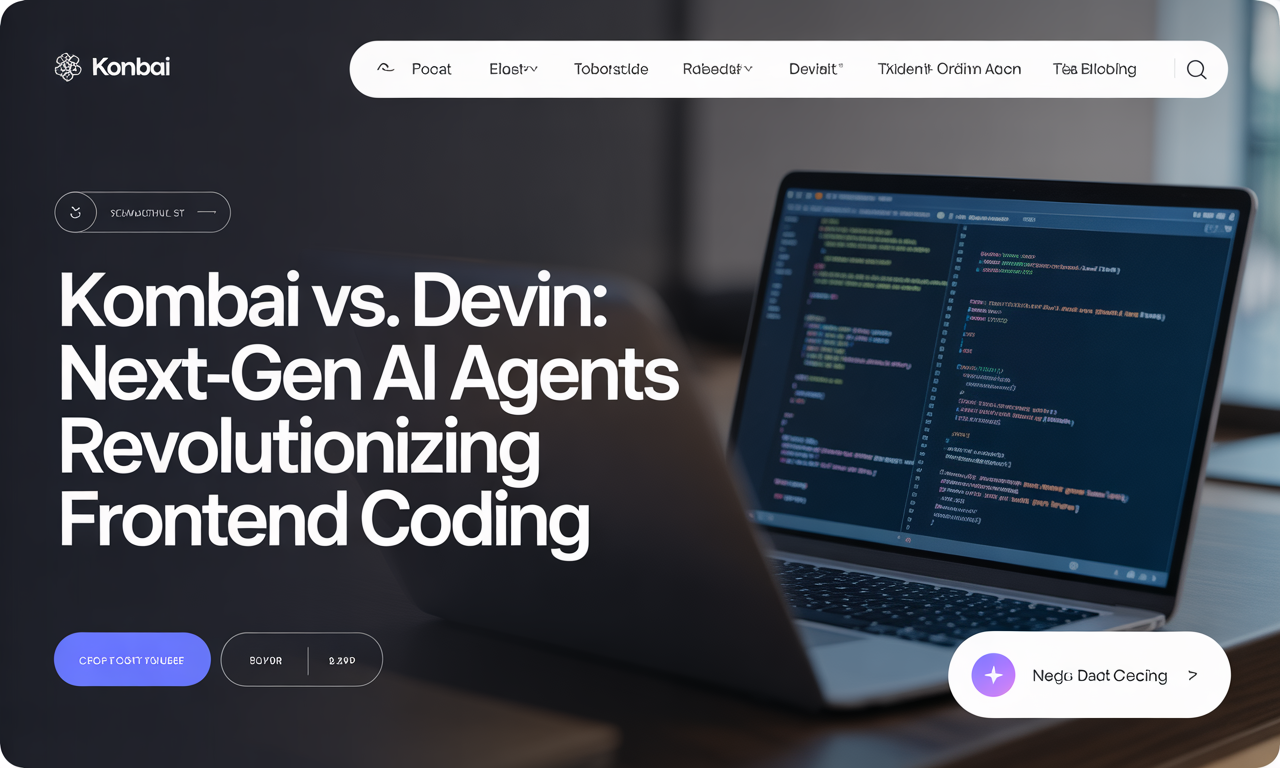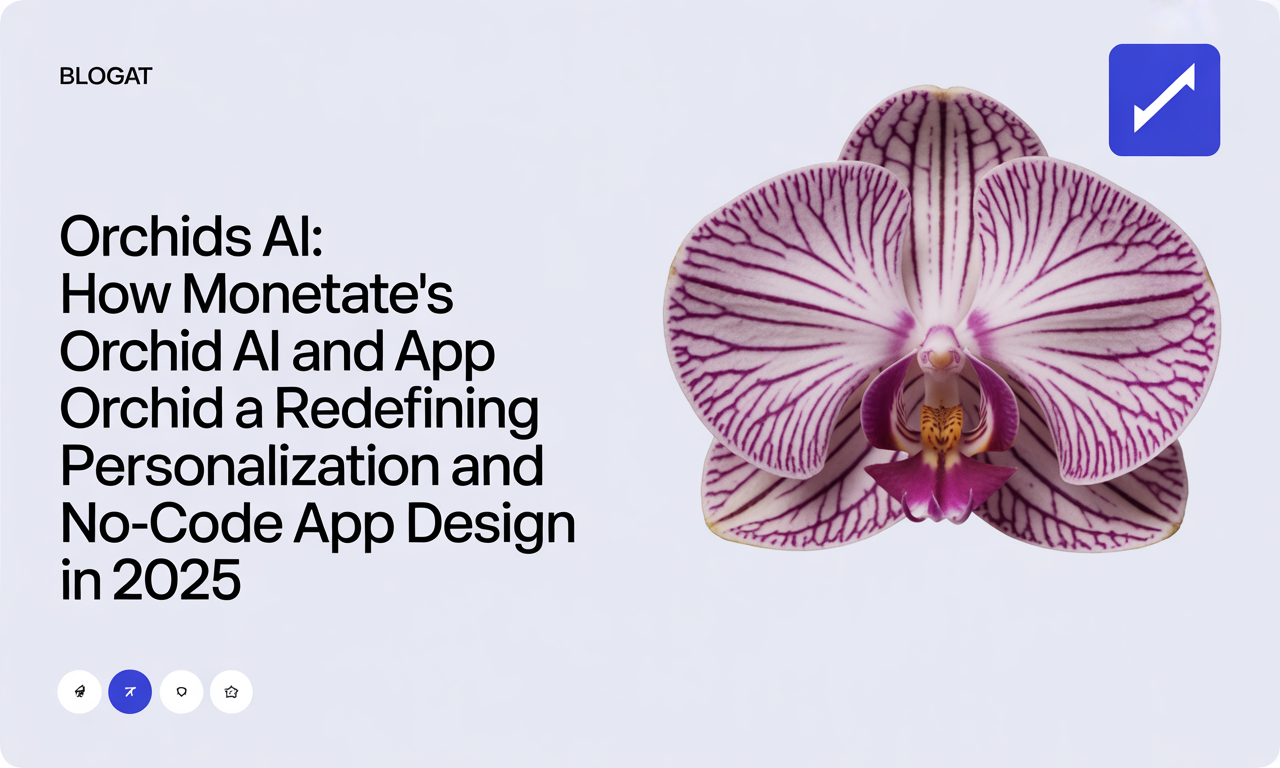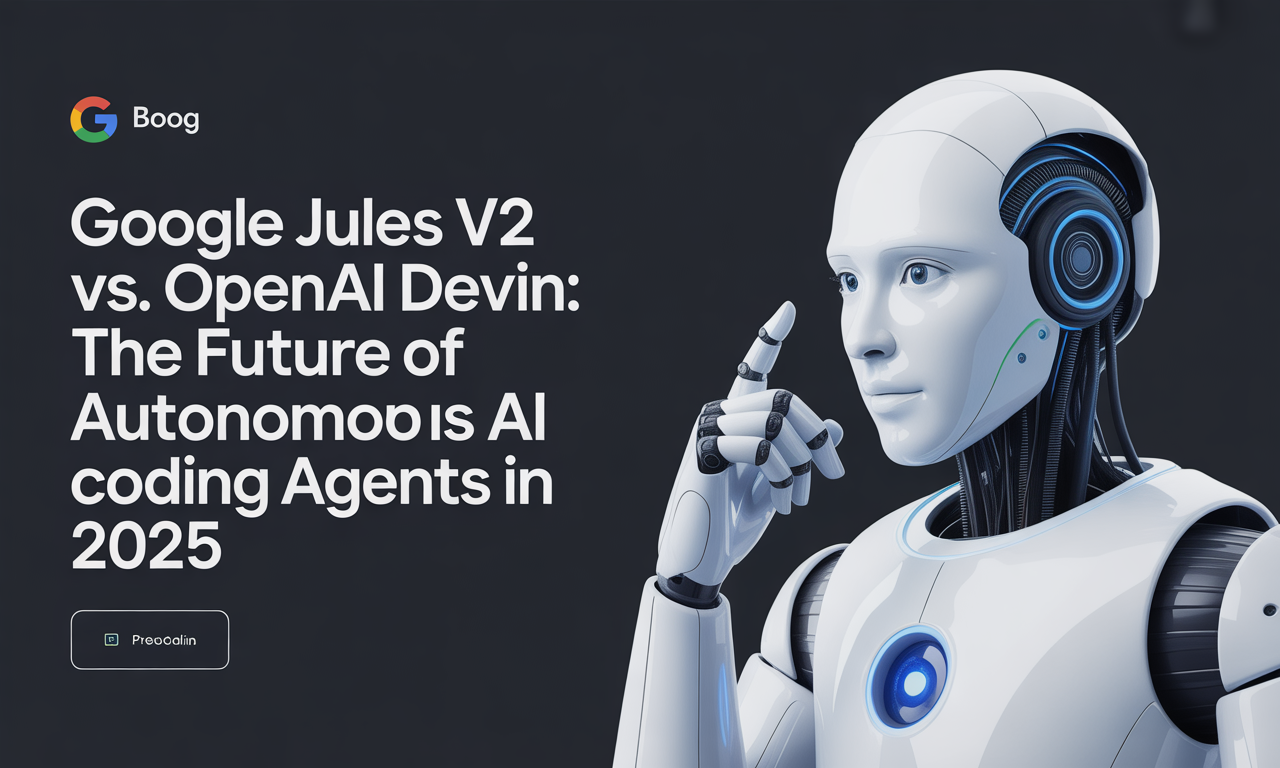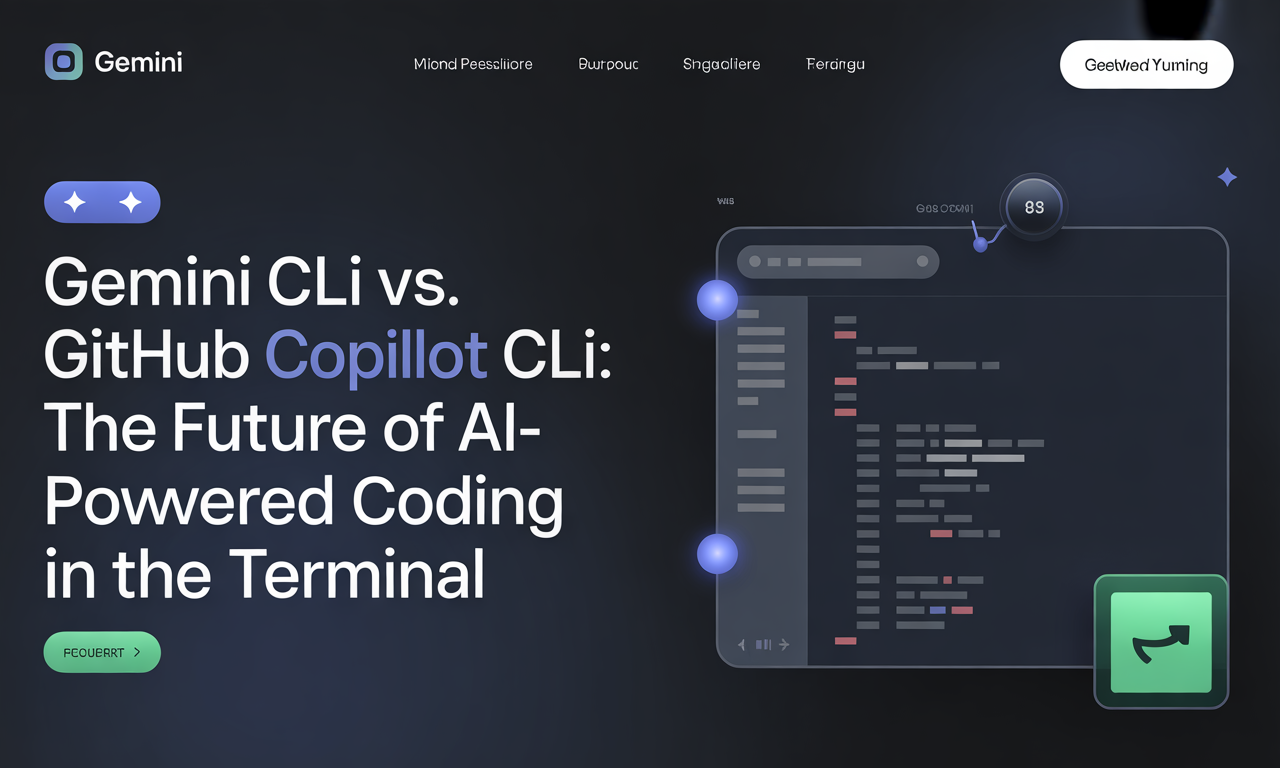Kombai vs. Devin: Next-Gen AI Agents Revolutionizing Frontend Coding
Introduction
The landscape of software development is evolving at a breakneck pace, with new tools continuously reshaping how developers build applications. Among the most transformative innovations are AI-powered coding agents that automate and accelerate frontend development. Two standout players in this emerging field are Kombai and Devin. Both are engineered to revolutionize frontend coding but approach this challenge from distinct angles, offering unique capabilities and benefits.
In this article, we’ll explore what sets Kombai and Devin apart, dive into their core features, examine their use cases, and discuss how these tools are shaping the future of frontend development in 2025.
What is Kombai?
Kombai is an AI-driven tool built to seamlessly convert UI designs—most notably from Figma—into clean, production-ready React code. Its primary goal is to bridge the gap between design and development, eliminating the time-consuming and often error-prone process of manually translating design files into functional frontend code.
Key Features of Kombai
- Design-to-Code Automation: Automatically generates React components, layouts, and styles directly from Figma or similar design files.
- Semantic and Readable Output: Focuses on producing maintainable, production-grade code that developers can easily understand and extend.
- Interactive Feedback Loop: Developers can review and refine the generated code snippets interactively, ensuring alignment with both design intent and coding standards.
- Responsive Design Interpretation: Recognizes and implements responsive design cues, producing frontend code that adapts fluidly across different devices.
- Support for Modern Frameworks: Primarily supports React with growing capabilities in Vue.js.
Why Kombai Matters
Frontend coding traditionally involves manual handoffs from designers to developers, often leading to miscommunication, delays, and inconsistencies. Kombai addresses these pain points by:
- Accelerating prototyping and reducing time-to-market.
- Minimizing human errors in UI translation.
- Allowing frontend developers and designers to collaborate more efficiently.
Use Cases
- Startups and agencies needing rapid UI prototyping.
- Teams seeking to reduce manual coding for static or interactive UIs.
- Projects focused on React-based frontend development.
Limitations to Consider
- Kombai focuses exclusively on frontend UI code and does not handle backend logic or full-stack development.
- Complex interactive behaviors and edge cases may require manual intervention and developer oversight.
What is Devin?
Developed by Cognition AI, Devin is a broader AI software engineer designed to automate a wide range of software engineering tasks. Unlike Kombai’s specialized focus, Devin is a generalist agent capable of managing full-stack development, debugging, deployment, and more.
Key Features of Devin
- Full-Stack Development: Handles both frontend and backend coding across multiple languages and frameworks, including React, Node.js, and Python.
- Autonomous Project Execution: Given a project brief, Devin can plan, research, write code, test, and iterate with minimal human input.
- Interactive Collaboration: Developers can communicate with Devin through chat, assign tasks, and monitor progress in real-time.
- Continuous Learning: Improves over time by learning from documentation, codebases, and feedback.
- Toolchain Integration: Works seamlessly with GitHub repositories, CI/CD pipelines, and popular IDEs, streamlining the development lifecycle.
Why Devin Stands Out
Devin represents a leap toward comprehensive AI-assisted software engineering by:
- Automating routine coding and testing tasks.
- Supporting rapid MVP creation and iteration.
- Assisting with bug fixes, code reviews, and refactoring.
Use Cases
- Startups and enterprises looking to automate end-to-end software projects.
- Developers seeking assistance with debugging and code optimization.
- Teams aiming for faster delivery of functional prototypes and MVPs.
Limitations to Consider
- While powerful, Devin still requires human oversight, especially for mission-critical or highly specialized projects.
- Its generalist approach may not always deliver optimal results for niche or complex frontend designs.
Kombai vs. Devin: Head-to-Head Comparison
| Feature | Kombai | Devin |
|---|---|---|
| Primary Focus | Design-to-code (frontend UI) | Full-stack software engineering |
| Strength | High-quality React code from designs | Autonomous, generalist coding agent |
| Best For | Designers, frontend developers, agencies | Developers, startups, enterprise teams |
| Framework Support | React (primary), some Vue | React, Node.js, Python, and more |
| Interactivity | Interactive code review and regeneration | Chat-based task assignment and collaboration |
| Limitations | UI only, requires review for complex cases | Requires oversight; may lack optimization in specialized scenarios |
Industry Impact and Future Outlook
Streamlining Design-to-Code Workflows
Kombai is redefining the design-to-development pipeline, enabling teams to translate visual designs into functional code faster than ever. This efficiency is critical for startups and agencies that need to iterate quickly and bring products to market with minimal friction.
Toward Autonomous Software Engineering
Devin’s broader scope aims to automate not just frontend but the entire software development lifecycle. It can reduce development bottlenecks, accelerate debugging cycles, and enable developers to focus on strategic problem-solving rather than routine coding tasks.
The Bigger Picture: AI’s Role in Development
Together, Kombai and Devin illustrate the shift from AI as a code suggestion tool to AI as an autonomous or semi-autonomous coding partner. This transformation is poised to:
- Enhance developer productivity.
- Lower barriers to entry for software creation.
- Foster innovation by freeing developers from repetitive tasks.
However, human expertise will remain essential to oversee AI-generated code, manage complex requirements, and ensure quality and security.
Actionable Tips for Developers and Teams
- Leverage Kombai for UI-Heavy Projects: If your workflow involves frequent design handoffs and React development, integrating Kombai can cut down manual coding and improve consistency.
- Explore Devin for End-to-End Automation: For teams building full-stack applications or needing assistance with debugging and deployment, Devin offers a powerful collaborative partner.
- Maintain Oversight: Always review AI-generated code, especially for complex interactions, security concerns, or business-critical applications.
- Combine Strengths: Consider using Kombai for frontend UI generation and Devin for backend or full-stack tasks to maximize productivity.
- Stay Updated: Both tools are rapidly evolving—stay informed on new features and integrations to get the most out of them.
Conclusion
The arrival of next-generation AI agents like Kombai and Devin marks a pivotal moment in frontend development. Kombai’s laser focus on translating designs into clean, maintainable React code is a game-changer for UI developers and designers. Meanwhile, Devin’s ambition to serve as an autonomous, full-stack coding partner broadens the horizon for AI in software engineering.
For development teams in 2025, these tools offer unprecedented opportunities to accelerate workflows, reduce errors, and focus on creativity and problem-solving. By understanding their unique strengths and limitations, developers can strategically incorporate these AI agents into their toolkits, paving the way for faster, smarter, and more efficient software development.
Embrace these innovations today to stay ahead in the rapidly evolving world of frontend coding.



